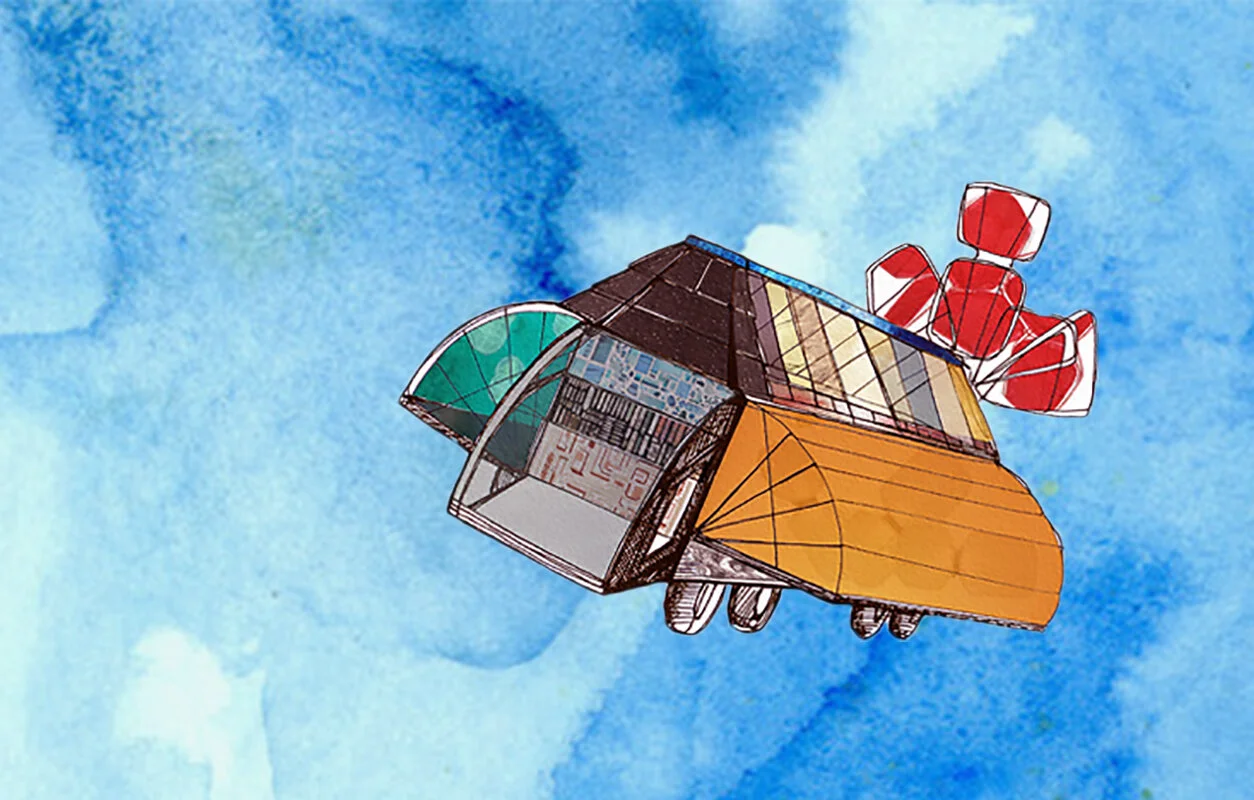
ElectroStarship Tour
ElectroStarship Tour
Educational experience to make energy
tangible, and tangible to wonderful
2011
2 weeks


The Electro Starship Tour is a travelling interactive experience for children intended to be implemented in primary schools as a supplement to the education system, making the world of energy tangible for children through a universe of new metaphors.

Context
The Electro Starship attempts to engage children through play and to continue the interest of conserving energy by handing out a ‘Key’ – a symbol of the conservation of energy. Through interaction with the Key, the activities in the starship itself, and through conversation in the class room and with family, children develop an understanding of energy, its value and the need for conservation from a young age.
With this attitude instilled in them the project endeavours to foster awareness, and conservation of energy, for the present and the future. The Electro Starship Tour is one of the concepts proposed at DesignCamp 2011, organised in collaboration with the EU Region of Southern Denmark, design2innovate, iPower, Tre-For, Dong Energy and Etrans held at the Kolding School of Design, Denmark.

The Story
The activities on the bus tell the story of 3 different planets which the Starship troupers will travel to and learn from. Iota, a planet that has discovered the beauty of sustainable electricity and renewable sources to generate it. Mu, has found amazing new ways to use electricity efficiently and the troupers learn how it works. Bevare, is a sensitive planet. If appliances are left on or misused, there are implications on the planet; similar to our own.



Used to activate and interact with all the activities in the starship, the key was also a toy-souvenir for the children. Its shiny-transparent form encouraged kids, to play with it outdoors, and once the sun went down, it would automatically glow and breathe its own light.



Making & Testing
The Key was made from different sizes of polycarbonate shells, and housed the exposed circuitry to show how it worked. Several prototypes were made and tested. The Key was tested with school children to see how accepting they were and whether they enjoyed interacting with the object. The concept itself was designed with consultations from school teachers.

